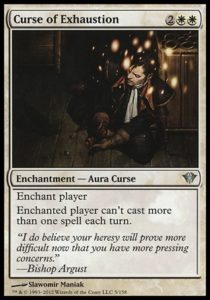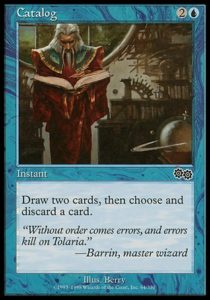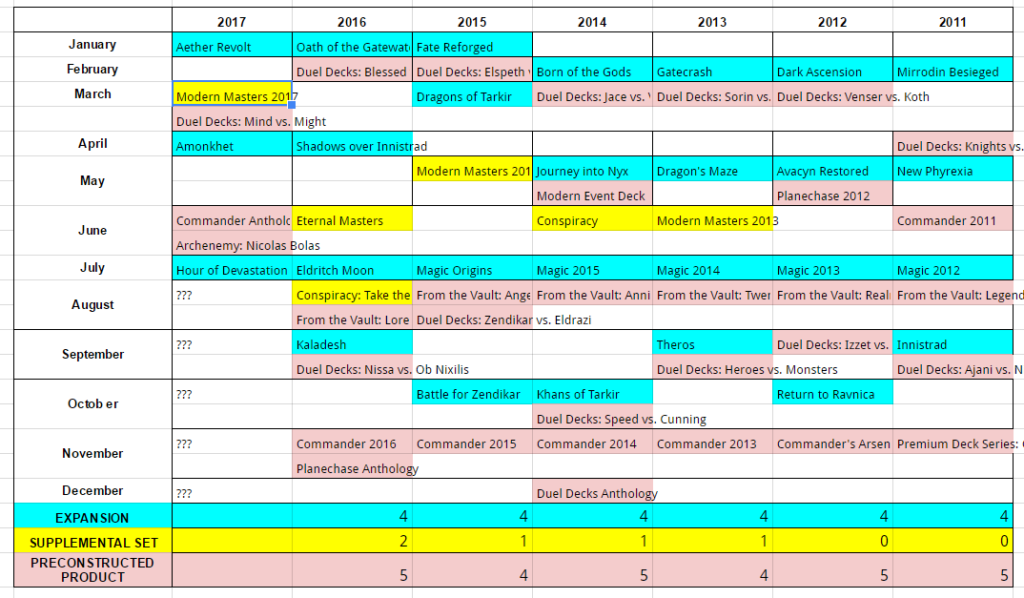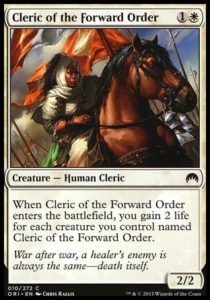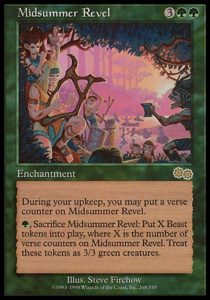Kaladesh has been out for a month and for the first time in a while, there are no Limited formats set to release. This year, particularly this summer, has felt chock-full of releases and I admit to some amount of fatigue. Spoiler season is wonderful, but an unending spoiler season is exhausting.
The Problem
Normally I’d feel like rehashing the summer is old news—Wizards tried something new out and they’re going to iterate based on its reception. However, Magic has thrice in the last week acknowledged problems, leading me to to reconsider this summer’s product release schedule.
Note: I deeply respect Magic for acknowledging any shortcomings. Wizards of the Coast is making a concerted effort to engage with its community and be transparent, including acknowledging elements of the game which miss the mark. The world of gaming would be a better place if more companies followed suit.
First, and most obviously, Magic returned to its previous Standard rotation of once per year. Secondly, Mark Rosewater acknowledged strong negative feedback for Game Day’s playmat (a minor complaint in the grand scheme of things, but an acknowledgement of a shortcoming nonetheless). Finally (and of greatest relevance), Mark Rosewater sent out a pair of informal questionnaires about product releases. In the first, he asked whether Magic is producing too much, too little, or just the right amount of product. In the second (which is directed towards those who are overwhelmed), he asked whether the problem was too many products, or just poor spacing.
As someone who felt burnt out this past summer, I went back and looked at previous year’s product releases. Surely this year had more than most? To investigate, I did what any good researcher would do: make a spreadsheet and do some Googling (most of which was focused on the MTGSalvation Wiki). Well, here are the results of that search:
The Method
All products are not created equally, so I split them into three types.
Expansions are Magic sets which add new cards to Standard. These include large sets (like Shadows Over Innistrad and Kaladesh) and small sets (like Aether Revolt and Eldritch Moon). They’re always sold in booster packs (though have other methods of distribution, such as planeswalker decks, clash packs, and holiday boxes).
Supplemental Sets are Magic sets designed for Limited, but do not introduce cards to Standard or Modern. These include Conspiracy and the Masters series. They are sold in booster packs and frequently drafted. These didn’t exist prior to 2013’s Modern Masters.
Preconstructed Products are stand-alone products with no uncertainty as to what’s inside the box. These include Commander decks, Planechase, From the Vault, Duel Decks, Archenemy, and Anthologies. I recognize that this category contains products for a wide variety of audiences (Duel Decks and Commander’s Arsenal target very different types of players at very different price points), but see no meaningful way to further subdivide this category.
Anything Else. Some things don’t fit these three categories, such as Magic accessories and Magic Online-only releases. This article isn’t about them.
The Madness
Looking at the past six years, much of the release schedule is surprisingly stable: Magic releases nine to eleven products annually. There are always four expansions* (which shouldn’t be surprising, as there’s one each quarter) and four/five preconstructed products (two Duel Decks, one From the Vault, one Commander product, and a couple other products). Since Modern Masters, there has always been a summer supplemental set. Every year has seen nine releases, excepting 2014 and 2016, though those years each featured an Anthology (which is a reprint of previous preconstructed products), and that feels like it shouldn’t count as a brand new product.
*There’s some variation as to what month expansions come out (excepting the summer expansion). However, much of that owes to prereleases happening on inter-month weekends; a Fall set coming out on September 28th one year and October 2nd the next isn’t really varying its release schedule.
…except for Dragons of Tarkir. That set came out really early. I was not a fan.
The surprising trend from this past summer is that Magic released six products, more than half of its annual products (and two-thirds of its products in an average year), in just over three months.* Four of these required participating players to purchase booster packs, a more costly, habitual, and uncertain endeavor than buying a single preconstructed product. Now, I don’t mean to knock new Limited formats (in fact, they’re my favorite part of my Magic), but four months is a lot of time to be continually purchasing new booster product. Four months of spoiler season is draining, and spoiling a new set while the current one is fresh prematurely saps enthusiasm for the current format.
*There was only a single month between the release of Conspiracy: Take the Crown, From the Vault: Lore, Duel Decks: Nissa vs. Ob Nixilis, and Kaladesh. That’s four products in one month. Now, I’m not the target demographic for those preconstructed products but there was so much happening that month I didn’t even notice they existed. That’s another problem.
What Can We Change?
I firmly believe that the problem with 2016’s products is their clustered scheduling, not their number. I acknowledge that doubling the number of supplemental sets in a year is a big change, but I both enjoy them and acknowledge that the expensive, limited-print-run Masters products are quite different from the casual, multiplayer-centric Conspiracy products. I also acknowledge that these are popular, recurring products; so for there to be room for innovation, it’s not a bad idea to have a second supplemental set slot.
Wizards is already making one big change: they’ve moved a supplemental set to earlier in the year. Modern Masters 2017 comes out March 23rd. This is excellent timing: it’s two months after Aether Revolt comes out, so it won’t be stealing the set’s thunder. It’s also a full month before Amonkhet releases, so Amonkhet spoiler season will begin as the (likely) limited MMA 2017 print run runs out. I’d expect that if Wizards prints a second supplemental set in 2017, it’ll be around the time (or ideally a bit earlier than when) Conspiracy: Take the Crown came out. Amonkhet Limited will be five months old at that time and players will likely be happy for a change of pace before Fall prerelease.
My other recommendation is for Wizards to release something in December. I’d wager that the annual Commander release is timed to coincide with when people do their holiday shopping, and that makes sense. That said, I tend to have a lot of time (and even occasionally some money) on my hands in December and early January and no new Magic to spend it on. I’d love to have a new Magic set to be excited for at the time of year I’m most able to hang out with my Magic-playing friend.
I also wonder if Wizards would benefit from mildly adjusting its expansion release schedule. Before the two block paradigm, it made sense for the large fall set to have the longest time before another expansion came out (with it came rotation and the year’s new Limited environment). Now that we have two blocks of equal importance, it’s bizarre for the Fall block to be around for seven months and the Spring block for five.
Back in the days of core sets, the summer was the time of year when I played the least Magic; I was often burnt out and core sets were easy to learn and easy to get bored of. I was delighted when they were retired last year (though Magic Origins was an extremely high, bittersweet note to end on). This year turned the old paradigm on its head, creating the most Magic-intensive and exhausting summer I’ve ever had. I do hope we don’t repeat it again; when so many Limited formats were around, it was difficult to draft them (when a store offered Conspiracy, Eternal Masters, and Eldritch Moon, only Eldritch Moon happened). When so many products were being released, people could easily not notice them.
Finding the right balance is a hard task, and doubly so when I don’t know all of the business decisions which go into creating Magic’s schedule. I hope that this article provides some perspective and perhaps makes a reasonable argument for a gentle restructuring of the annual schedule.
And, as always, thanks for reading.
—Zachary Barash
Zachary Barash is a New York City-based game designer. He’s played Magic since 1994, he loves Limited and drafts every available format (including several that aren’t entirely meant to be drafted). He quite enjoys [casthaven]Revolutionary Rebuff[/casthaven], since that card demonstrates just how insanely good [casthaven]Mana Leak[/casthaven] and [casthaven]Miscalculate[/casthaven] are.

